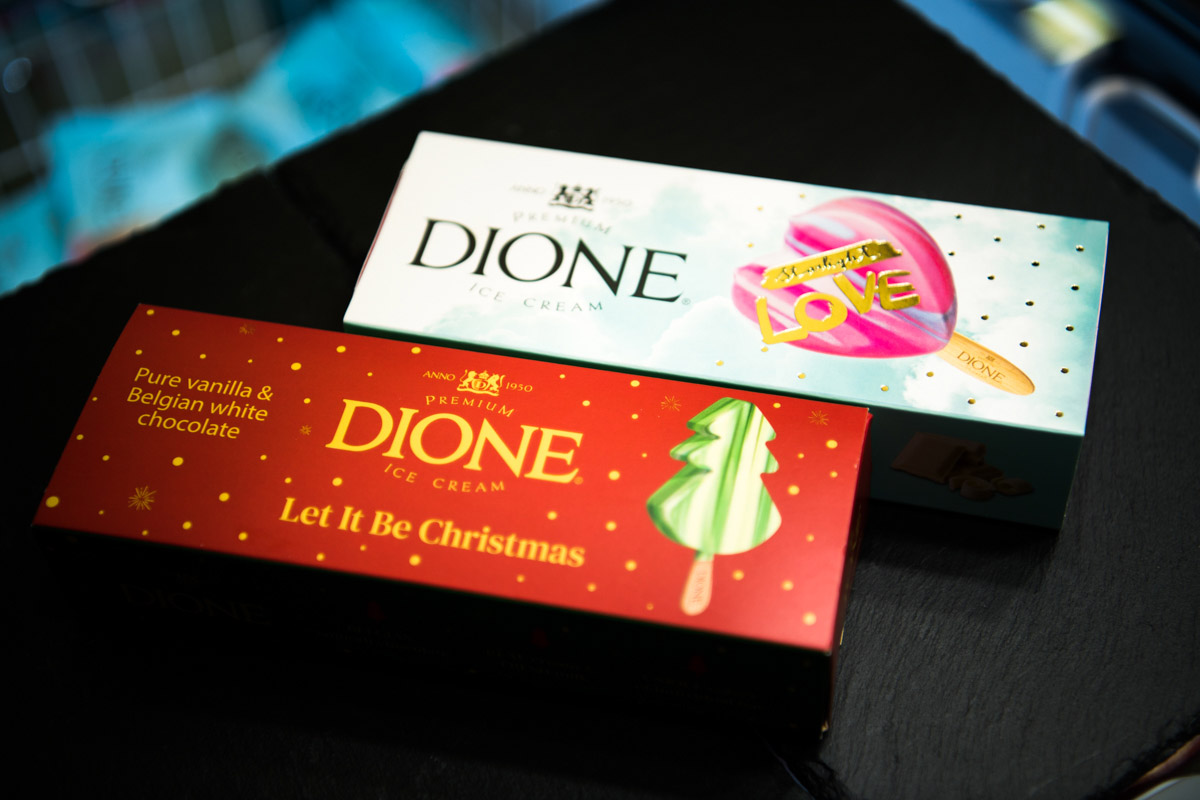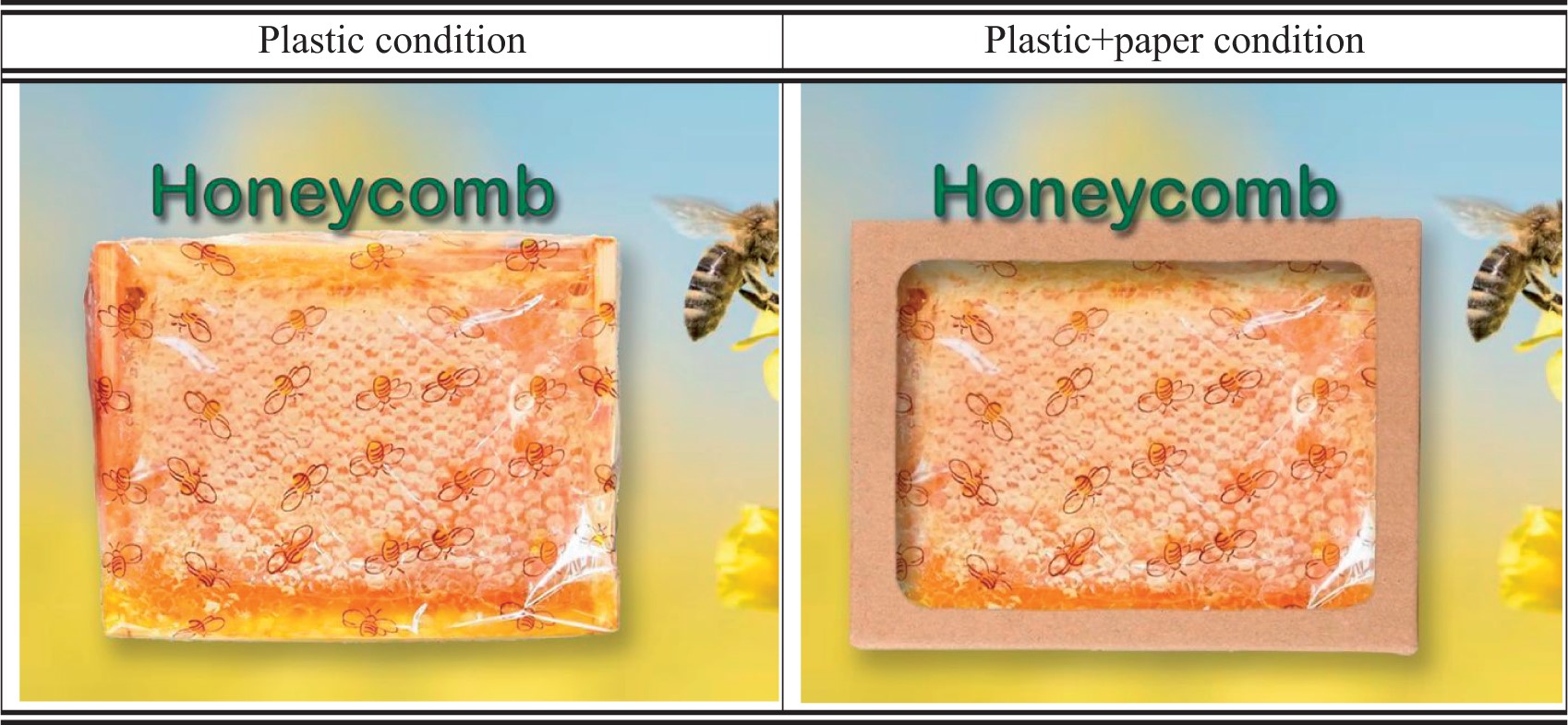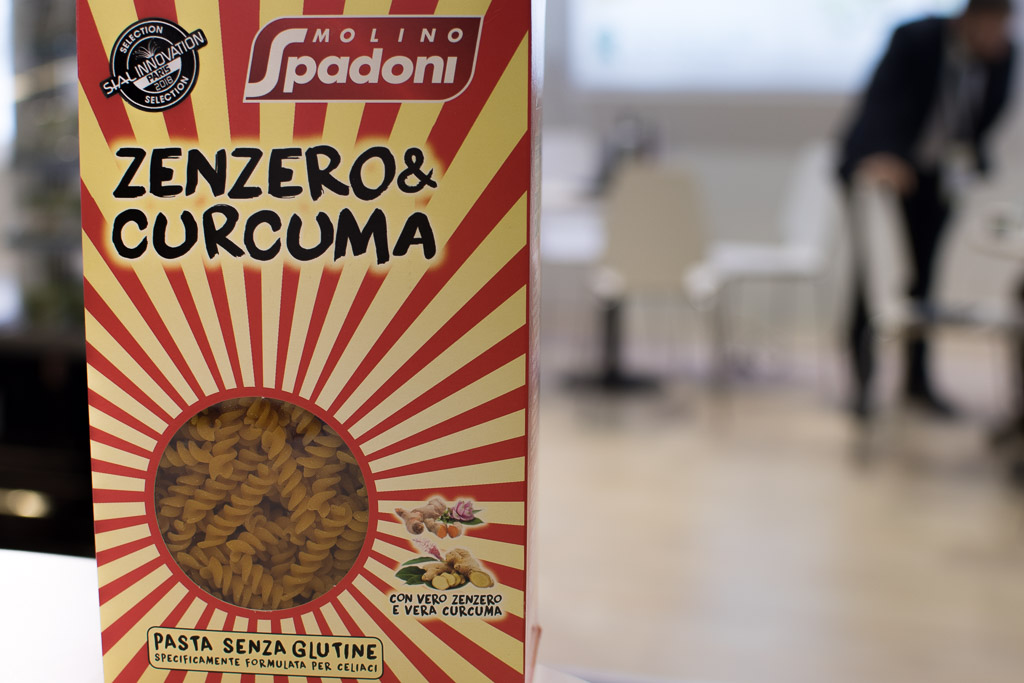16%: that’s how much more consumers are willing to pay for a product whose packaging is partly paper-made. This is one of the surprising results of a research published in 2023 that reveals consumers’ bias towards eco-friendly packaging. I summarize the results in this article and propose some practical business implications.
Contact the marketing research firm IntoTheMinds
Eco-responsible packaging: the results in a nutshell
- Packaging made partly from paper is perceived as more environmentally friendly than packaging made only from plastic. This perception is 42% higher with the first type of packaging.
- This perception is paradoxically higher when the plastic of the packaging is visible. On average, a package made entirely of paper is perceived as 9% less environmentally friendlythan its counterpart carried out only partially from paper.
- The consumer’s perception bias increases with the proportion of paper. In other words, the higher the proportion of paper compared to plastic, the more the consumer perceives the packaging as environmentally friendly.
- This bias is related to consumer beliefs. The more consumers perceive plastic as bad for the environment, the more their bias against packaging increases.
- Consumers are willing to pay 16% more for an item packaged in a paper-based package. This propensity is higher among consumers who perceive plastic as bad for the environment.
- When a product is packaged in plastic, adding a paper package is enough to make the consumer prefer it. This result was confirmed with a real product.
- The addition of a “label” on the eco-responsibility of the packaging is enough to orient the consumer’s choice.
Eco-responsible packaging: 8 experiments to understand consumer choices
The research published by Sokolova et al. (2023) was conducted on 4103 people through 8 experiments. Each of these experiments sheds more light on the mechanisms that lead consumers to make certain eco-responsible choices.

The research focuses on fast-moving consumer goods (FMCG) and explores how the type of packaging (plastic, paper, plastic+paper) influences the purchase decision. The authors also show that certain perceptions (biases) of consumers direct their choices without them realizing it. Finally, one experiment shows that consumers are willing to pay more (without realizing it!) for products using eco-responsible packaging (or at least they feel eco-responsible).
Plastic vs. paper: for packaging, consumers have preferences
One might have expected that plastic would be less popular than paper. One of the experiments easily demonstrates this. The perception of eco-responsibility is 42% higher when the packaging is mixed (paper+plastic) than when it is only plastic. So far, so good.
But who would have thought that consumers would favor mixed packaging over those seemingly made of paper only? Yet that’s what another experiment (1B) reveals. Consumers preferred the packaging where the plastic is visible (middle column in the image below) to the one where it is hidden.
A selection bias causes humans to assess environmental responsibility by the visible relationship between plastic and paper.
Packaging preferences are the result of our perceptual biases
The hypothesis of this bias is confirmed in 2 other experiments.
In the first one, the researchers vary the proportion of paper compared to plastic. They show that the higher the proportion of paper compared to plastic, the higher the perception of eco-responsibility. This is a result that, while logical, is nonetheless disturbing. Indeed, it means that adding paper (and therefore over-packaging) is enough to influence the consumer. The image used in the 2B experiment illustrates this tendency to overpack.

In the second experiment, the selection bias is correlated with a perception bias. Indeed, the authors show that the perception of eco-responsibility is greater among those who see the plastic as much more harmful than paper.
Consumers are willing to pay more for a product in an eco-friendly package
The experiment that will be most interesting to marketers (because it is the easiest to understand) is Experiment 3. In this one, 802 people were asked, “how much would you be willing to pay for this cereal bar?”. Half of the panel saw a bar packaged only in plastic, the other in a hybrid plastic + paper packaging. The image manipulation (see illustration below) is fairly simplistic but is enough to demonstrate consumer bias.

The results show that the packaging on the right (plastic + paper) leads to a 16% higher price perception than when the packaging is only made of plastic (left).
This result is particularly important because it reveals a formidable “nudging” technique. Manufacturers will undoubtedly be tempted to perpetuate the use of this nudge to maximize their margins.
The “no packaging” marketing positioning could be less interesting than the “no plastic” positioning.
What impact for branding?
We’ve talked about “packaging-free” stores on this blog many times and have followed the emergence of this trend for years (see an example here). This research shows us that the “no packaging” marketing positioning might be less attractive than the “no plastic” positioning. The reason is that consumers do not consider excess packaging in general as a problem, only excess plastic packaging.
How to make consumers more eco-responsible?
One of the important lessons of this research is that consumer choice is influenced by tangible information on the packaging. The test of the eco-responsible label is an example of this tangible information which, like the nutriscore, is likely to “nudge” the customer. We remember that introducing the nutriscore had provoked lively debates and was spread over the years in France. There is hope for a sustainable reduction in plastic consumed, provided that the legislator does not complicate everything.
Posted in Research.

